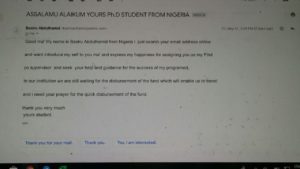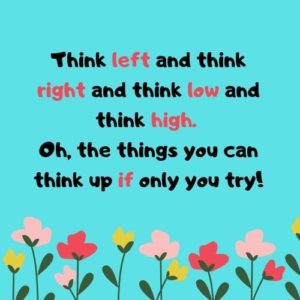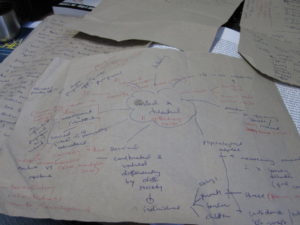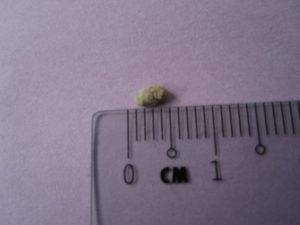I know that in the US, they also have similar practice like eppp, but unlike eppp which is internally controlled i.e. by UTM, there are some which are not controlled by any institution. They have different websites which are independent from any institution such as RateMyProfessor, MyEdu.com and UniYu. But, I have been wondering the effects of such evaluation on many aspects such as improvement of learning experience for future students.
I have experienced getting not-so-good comments from students because I am strict and assertive. For example, there are times when I would no longer accept any draft that students send for feedback/comments after certain deadline. But some students perceive this as tyrannical. It is as if I am not giving them ample chance to improve their work. Well, if they send their draft on week 14, a week before their final exam on week 15, when do you think they will submit the “real” assignment? Week 16? It will be too late for me to finalise their marks. Don’t they get it? I also work based on deadlines. It is not that I set the deadline based on my whims and fancies.
Normally, those students who give bad rating and evaluations are not-so-serious students. Serious studious students would appreciate having instructors who are willing to guide them within certain time frames because they have discipline and able to regulate their learning process. Students who don’t belong to this category like easy things or prefer if you don’t give “challenging” assignments.
What a heck! They are not kindergartners nor school kids. They are university students who should be mentally prepared to face the challenges of the world and life in general. We don’t need softies strawberry cotton candy individuals who cannot withstand any challenge or problems. We have lots of problems and challenges to face and we need to have endurance to withstand anything that might come in our life.
So, what should we do with the evaluations that students give? Well, I found an article which explains in detailed how we should use whatever comments that students give with “wisdom”. There are also research on this. That’s I will explain in the next post.








